As a Wheat Milling Machine Plant manufacturer, PINGLE share it with everyone.
The operation of the flour grinding machine adopts blade cutting and high-speed air impact and the two-layer destruction function of collision is integrated, and the particle sorting process can be completed together. The operating principle of the flour mill: During the blade cutting and destruction process, the rotor generates high-speed airflow and rotates with the blade cutting direction, the material accelerates in the airflow, and repeated impacts cause the material to be destroyed in two layers together, speeding up the destruction rate of the material.
As the airflow enters the classification chamber to cause the destruction to rotate at a high speed, the classification rotor will generate centrifugal force in the classification chamber, and the centripetal force caused by the viscous effect of the airflow is felt. When the centrifugal force experienced by the particles are greater than the centripetal force, the classification diameter The coarse particles on the upper surface return to the destruction chamber and continue to destroy the fine particles below the classification diameter into the powder collector with the airflow to collect.
There are three main operating characteristics of the flour mill. First, the main shaft in the power system is sequentially equipped with bearing caps, radial ball bearings, bearing pads, and thrust ball bearings from top to bottom. Secondly, in the grinding system, it is composed of a spring, a spring pad, an inner grinding head, an adjusting nut, and an outer grinding head mounted on the spindle; at the end, in the separation system, above the brush mounted on the spindle, there is a Tension spring, there is an adjusting nut under the brush.
At its core, the flour grinding working principle revolves around the concept of grinding. The primary objective is to reduce grains, such as wheat, corn, or rice, into powdery particles of flour. This task is accomplished through a series of carefully orchestrated steps.
The process begins with the introduction of raw grains into the mill's hopper, where they are stored. From there, the grains are conveyed to the grinding chamber, which houses the heart of the flour mill: the grinding stones or rollers.
As the grains enter the grinding chamber, they encounter the grinding stones or rollers rotating at high speeds. The friction generated between the grains and the stones or rollers causes the grains to be crushed, ground, and pulverized. The result is a coarse powder that gradually transforms into fine flour.
To ensure consistent and uniform grinding, flour mills are equipped with adjustable settings. These settings allow users to regulate the gap between the grinding stones or rollers, determining the desired fineness of the flour produced. This flexibility enables flour mills to cater to various culinary needs, from coarse flours suitable for rustic bread to fine flours perfect for delicate pastries.
As the grinding process progresses, the ground flour particles are sifted and separated from any remaining bran or impurities. This step, known as sieving, guarantees a pure and refined final product. Flour mills often incorporate sophisticated mechanisms to achieve efficient sieving, ensuring that only the finest particles pass through while larger particles are recycled for further grinding.
Throughout the entire operation, flour mills employ advanced technologies to optimize performance and maintain a steady workflow. These include powerful motors, precise control systems, and safety features to ensure user-friendly operation.
In conclusion, the flour mill working principle relies on the mechanical force of grinding to break down grains and produce finely ground flour. By unveiling this ingenious process, we gain a deeper appreciation for the vital role flour mills play in our daily lives, contributing to the creation of wholesome bread, pastries, and countless culinary delights.
Pingle's flour mills machines are sold well in many countries such as Zamibia, India, Uganda, Kenya, Nigeria. Come and contact us to start your flour mill project!
PINGLE Related Flour Mills(or customize your own flour mill business):
| Model | Power (kw) | Power consumptionper ton flour(kw/h) | Capacity(ton wheat of 24hrs) | Dimension(LxWxHm) | |
| 120TPD wheat mills | 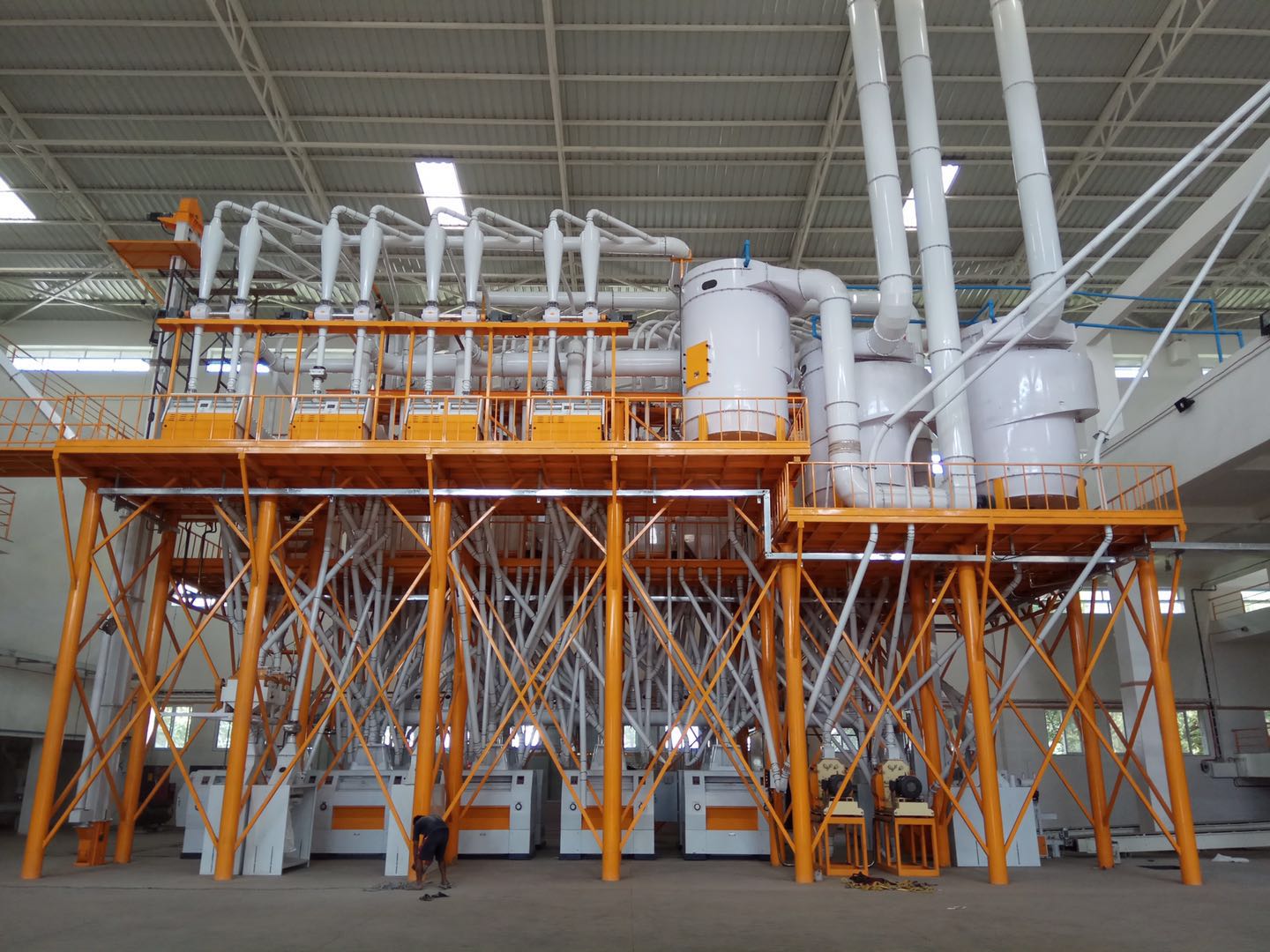 | 470 | 70-74 | 120 | 40x7.5x19 |
| 140TPD wheat mills | 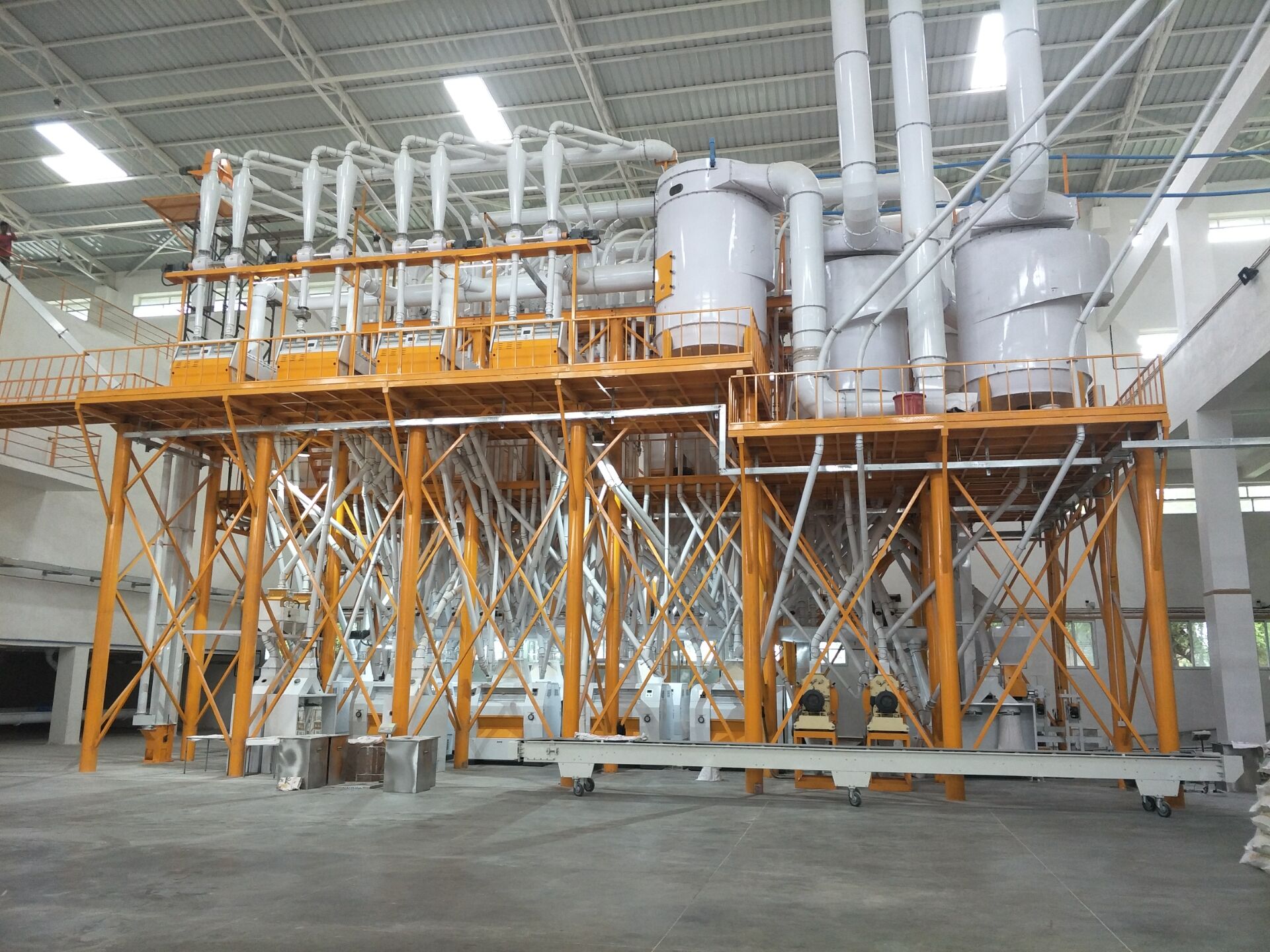 | 560 | 68-72 | 140 | 41x7.5x19 |
| 160TPD wheat mills | 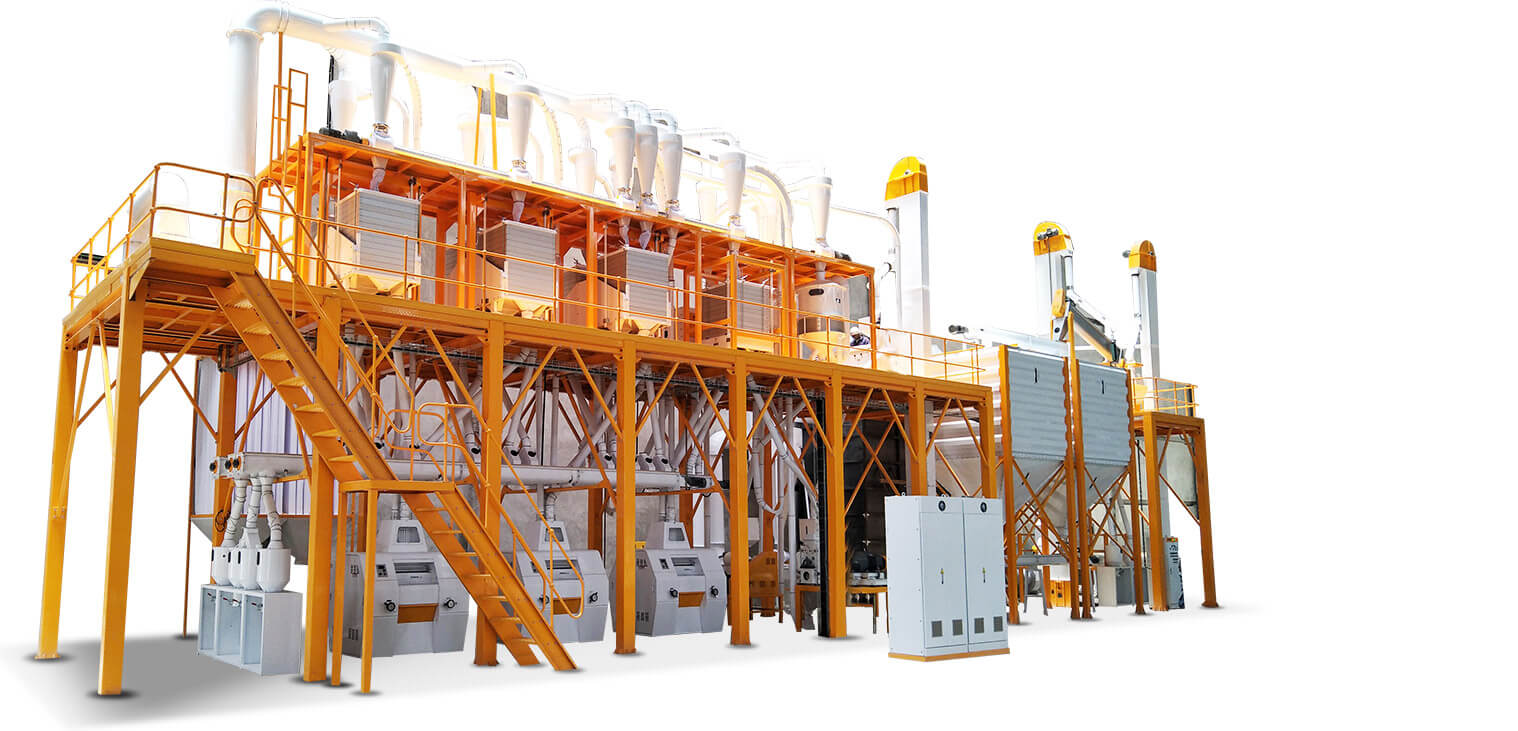 | 650 | 68-72 | 160 | 47x7.5x19 |
| 200TPD wheat mills |  | 740 | 65-71 | 200 | 49x7.5x19 |
| 250TPD wheat mills | 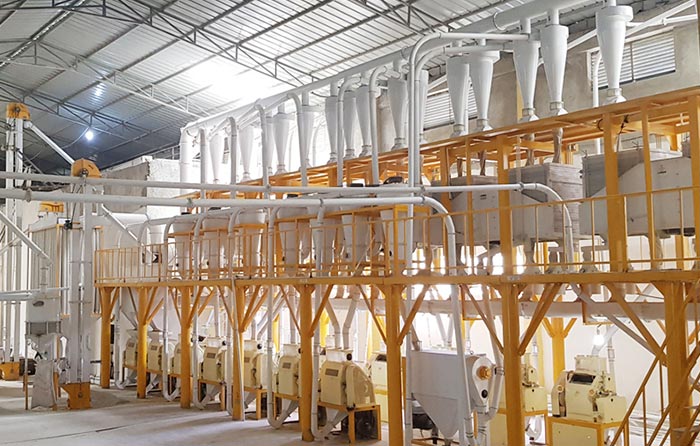 | 960 | 65-71 | 250 | 52x12x29 |
| 300TPD wheat mills | 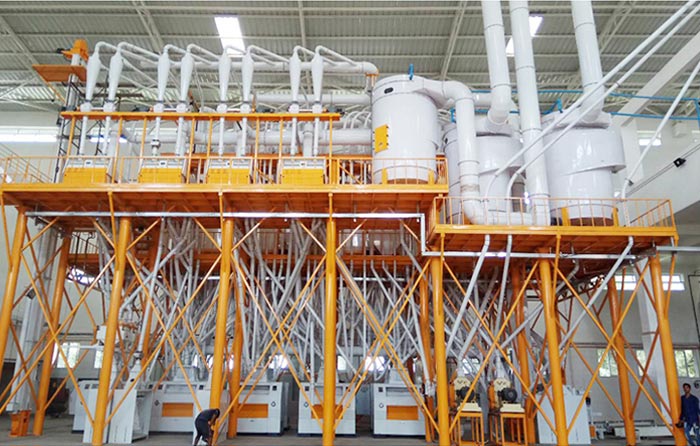 | 1170 | 65-71 | 300 | 62x12x29 |
| 400TPD wheat mills | 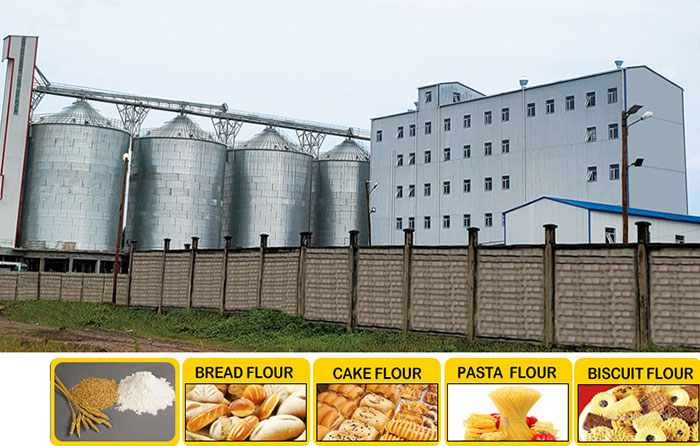 | 1675 | 65-70 | 400 | 72x12x29 |
| 500TPD wheat mills | 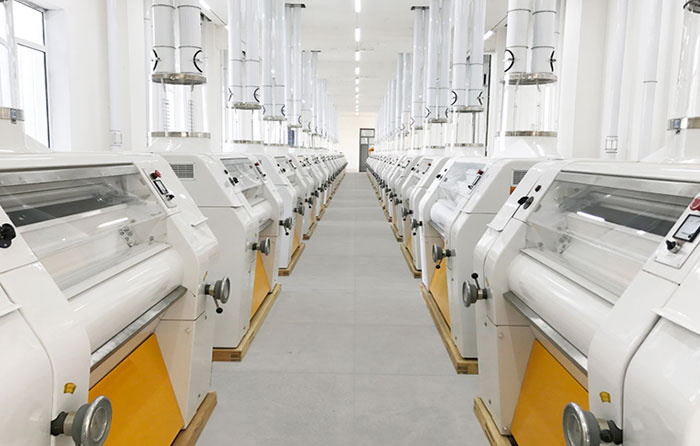 | 1950 | 65-70 | 500 | 87x12x30 |
PINGLE offers you a complete choice of products which include commercial four mill, commercial atta chakki machine, industrial atta plant, commercial chakki machine, flour mill machine and automatic flour mill plant.
Derechos de autor © Hebei Pingle Flour Machinery Group Co., Ltd. All Rights Reserved | Mapa del sitio | Technical Support: 